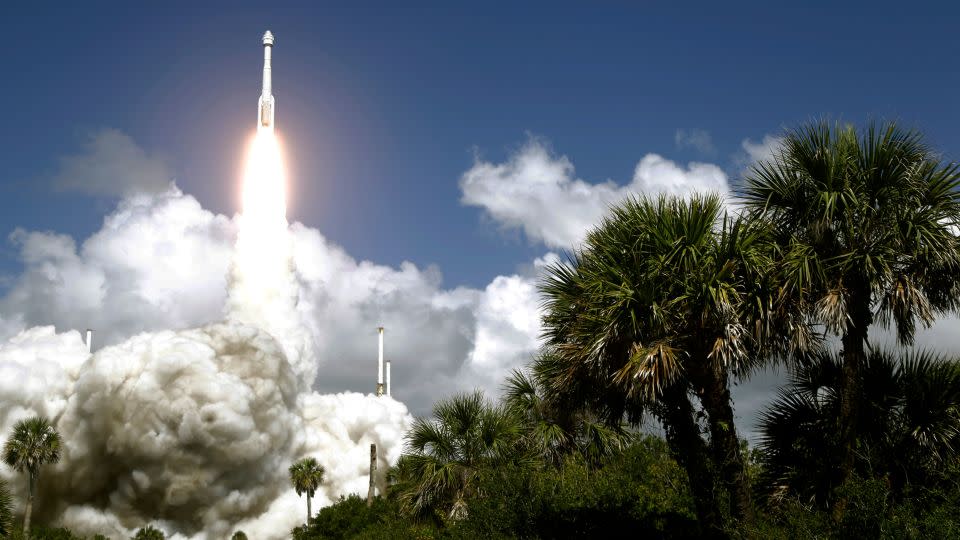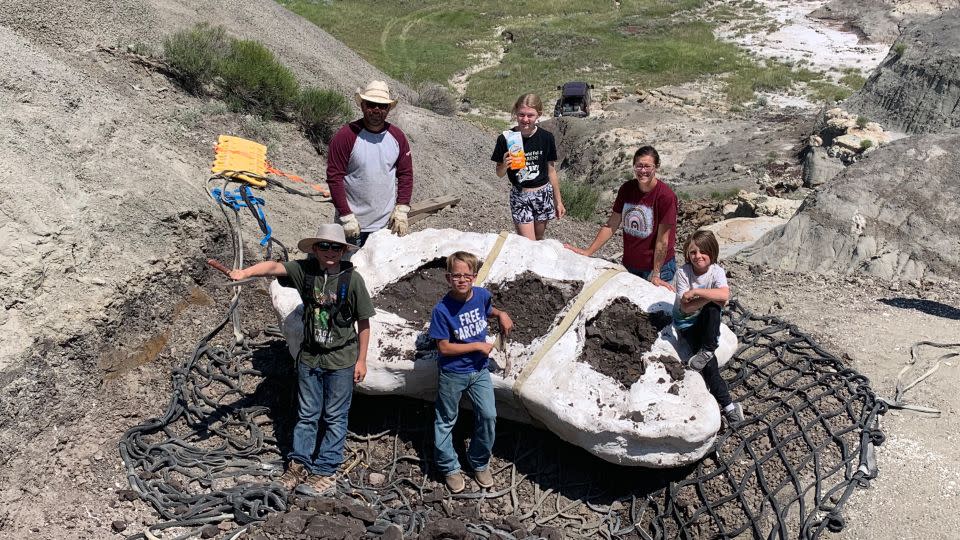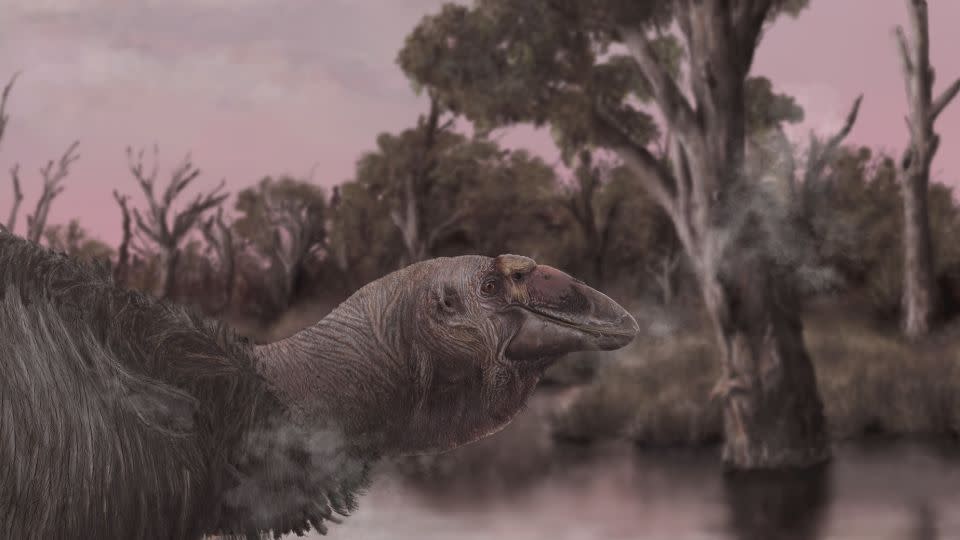Boeing Starliner and SpaceX Starship missions both hit spaceflight milestones this week
Editor’s note: A version of this story appeared in CNN’s Wonder Theory science newsletter. To get it in your inbox, sign up for free here.
Events in space don’t often unfold like they do in the movies.
But the journey of a spacecraft can provide awe-inspiring views and surprising moments more spectacular than fiction.
SpaceX stacked its mega moon rocket and capsule Starship on the launchpad this week for a liftoff of its fourth test flight, and the thrilling show did not disappoint.
The uncrewed Starship capsule went on an orbital jaunt before making a controlled reentry and putting its heat shield through the paces of the blistering temperatures of Earth’s atmosphere. In the end, the rugged craft made its expected landing burn and splashed down into the Indian Ocean.
The milestones achieved during the flight demonstrate Starship’s eventual reusability, which will come in handy as the SpaceX team eyes sending its vehicle on journeys to the moon, Mars and beyond.
Meanwhile, SpaceX’s competitor, Boeing, made historic strides during the crewed maiden voyage of its Starliner spacecraft.
Defying gravity

After lifting off Wednesday, Starliner and its first human crew set a course for the International Space Station.
But the flight was not without issues, including helium leaks and thruster failures.
After working through the potential setbacks with mission control, NASA astronauts Butch Wilmore and Suni Williams received jubilant welcomes aboard the station Thursday afternoon. Now, the astronaut duo will spend the next eight or so days on the station.
“We’re just happy as can be to be up in space,” Williams said. “It just doesn’t get much better.”
Curiosities
Giant snake motifs dominate a collection of ancient rock engravings found across Venezuela and Colombia that are believed to be among the largest ever found.
Researchers suggest the monumental works, which also include human figures, geometric shapes and birds, served as boundary markers of territories that the engravers inhabited.
One of the snake engravings measures about 138 feet (42 meters) long, which may be the largest single rock engraving recorded in the world, according to the researchers.
“One could be a warning sign — you’re in our backyard, you better behave yourself. The other could be a marker of identity — you’re in our backyard, you’re among friends,” said lead study author Dr. Philip Riris, a senior lecturer at Bournemouth University in England.
“But I don’t think they had a single purpose, so they could easily be both.”
Dino-mite!

A family hike through North Dakota’s Badlands in 2022 led to a significant scientific discovery — and soon, the rare dinosaur find will go on display at the Denver Museum of Nature & Science.
Sam Fisher, his sons, Jessin and Liam, then 10 and 7, and their cousin Kaiden Madsen, who was 9, spotted what looked like a dinosaur leg poking out of a rock, so they consulted a researcher at the museum.
An initial excavation suggests it’s a juvenile Tyrannosaurus rex, and the fossil will be exhibited at the museum beginning June 21.
Experts at the museum will determine the true nature of the fossil as they clean it up, and the public can watch the entire process unfold in real time.
Once upon a planet
Geoscientists have uncovered the first evidence of fresh water on Earth locked within ancient crystal grains dating back some 4 billion years, which is much older than expected.
Researchers previously thought Earth was completely covered in a global ocean at that time, rather than having dry land.
A new study suggests Earth’s water cycle was already operating then.
The finding means that, geologically speaking, the recipe for the beginning of life existed not long after our world formed.
Fantastic creatures

Around 50,000 years ago, giant “thunder birds” that stood taller than humans and weighed hundreds of pounds lived in the forests and grasslands of Australia.
But these flightless birds, known as mihirungs, have been hard to find in the fossil record — until now.
When researchers uncovered a skull belonging to the species, known as Genyornis newtoni, they set out to create a digital reconstruction of the creature.
The final product revealed that the massive thunder bird had a face not unlike an odd goose with a powerfully muscled jaw.
Explorations
Go on a curiosity voyage with these stories:
— Engineers have determined a new plan that will enable NASA’s Hubble Space Telescope to keep making mind-blowing observations of the cosmos after the observatory repeatedly went into “safe mode” this year.
— The world’s biggest fossilized poop collection is now on display at the Poozeum in Williams, Arizona, where visitors can gain “direct insights into the diets, behaviors, and environments of ancient creatures,” owner George Frandsen said.
— An intricately decorated blue room is the latest finding unearthed at the Pompeii archaeological site, and researchers believe it served as an ancient Roman shrine.
— Botanists have discovered that a small fern’s cells contain more than 50 times as much DNA as those of humans, making it the largest known genome, according to new research.
Like what you’ve read? Oh, but there’s more. Sign up here to receive in your inbox the next edition of Wonder Theory, brought to you by CNN Space and Science writers Ashley Strickland and Katie Hunt. They find wonder in planets beyond our solar system and discoveries from the ancient world.
For more CNN news and newsletters create an account at CNN.com

 Yahoo News
Yahoo News 
